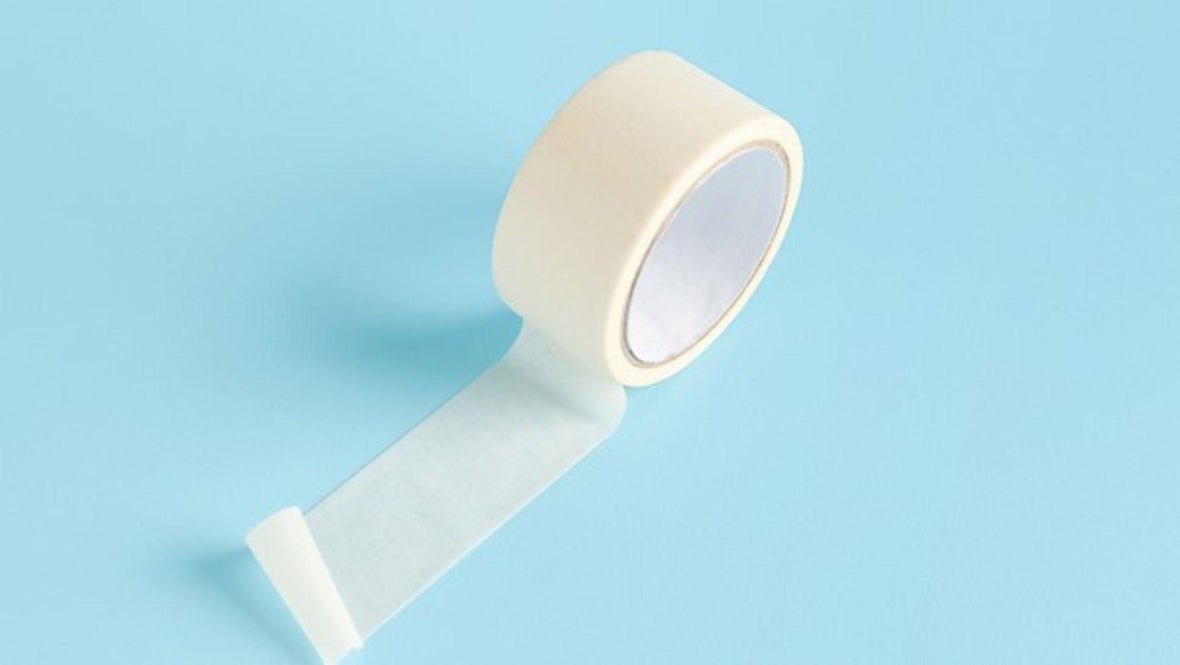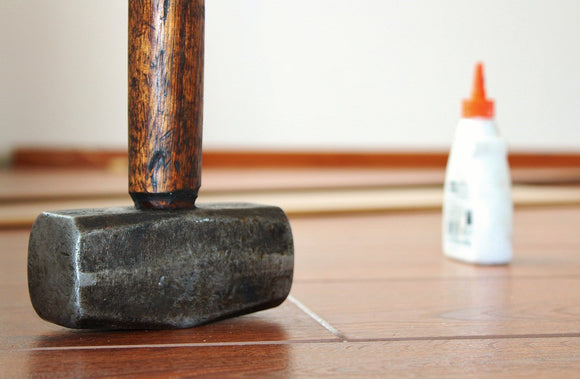
Best Practices For Using Adhesives Safe For Skin Without Irritation
Tobias Johnson-Hulse
Adhesives are widely used in various applications, from medical devices to cosmetic prosthetics and even everyday fashion accessories. Ensuring the adhesives are safe and non-irritant to the skin becomes psychological when they come in direct contact with the skin. Using adhesives safe for skin requires understanding their composition, proper application techniques, and adhering to safety precautions when using adhesives. This article outlines best practices that should be followed to ensure the risk of any adverse reactions or irritation is minimized.
Understanding Adhesives Safe for Skin
Not all adhesives are made equal, especially when it comes to skin contact. Adhesives safe for skin are specifically formulated to be hypoallergenic, non-toxic, and for the most part, gentle. Such products are frequently employed in medical-grade fields for securing prosthetics, bandages, or wearable devices.
When approving an adhesive product, make sure that the label clearly states that the product is skin-safe and is certified by the relevant health experts. Reputable hygiene goods suppliers always specify the composition of their products and their intended use which helps them make informed decisions.
Safety Precautions When Using Adhesives
● Even with adhesives designed for skin, taking safety precautions should be top of your list. Start by reading the manufacturer’s instructions carefully. This includes checking for any warnings, recommended usage times, and potential allergens.
● Conduct a patch test before full application to ensure the adhesive doesn’t cause irritation or an allergic reaction. Apply a small amount to a discreet area of skin and wait 24 hours to observe any adverse effects.
● Ensure the skin is clean, dry, and free of oils or lotions before applying the adhesive. This helps improve adhesion and reduces the risk of irritation.
● Avoid using adhesives on broken or sensitive skin, since this could lead to discomfort or infection.
Proper Application Techniques
 Liquid Adhesives
Liquid Adhesives
Applying adhesives correctly is just as important as choosing the right product. For liquid adhesives, use a thin, even layer to avoid excess buildup, which can, in turn, increase the risk of irritation.
Removing Adhesives Safely
When removing adhesives, take care to minimize trauma to the skin. Use a gentle adhesive remover or warm soapy water to loosen the bond. Avoid pulling or tearing the adhesive off, as this can cause redness or damage to the skin.
Special Considerations for Foam Safe Spray Adhesive
Foam safe spray adhesives are commonly used in crafting and DIY projects, though they can also be used in applications involving skin contact, such as costume design or special effects makeup.
When using foam safe spray adhesive, you need to check out whether the product is explicitly labeled as safe for the skin. Apply the adhesive in a well-ventilated area to avoid inhaling fumes, and use a light, even spray to prevent oversaturation.Allow the adhesive to become tacky before pressing it onto the skin, and always follow the manufacturer’s guidelines for safe use.
Choosing the Right Adhesive Suppliers

The supplier is the one who determines the quality of adhesive products. Reputable adhesive suppliers prioritize top-notch safety and transparency Turns out, you’d have detailed product information and certifications. Go for manufacturers known for skin-safe adhesive production and do not shy away from seeking assistance or even for skin adhesive product samples. Online reputable sellers often have specific adhesive products for various requirements.
Conclusion
Using adhesives safe for skin doesn’t have to be complicated, but it does require attention to detail and a commitment to safety. Aiming to use skin-safe adhesives, choosing the right suppliers, and following the right application procedures makes the chances of irritation very minimal. Always aim to be safe first when working with the adhesives. Take time to test and evaluate products before full-scale use. With these best practices in mind, you can barely face discomfort and can confidently use adhesives for skin-related applications.


